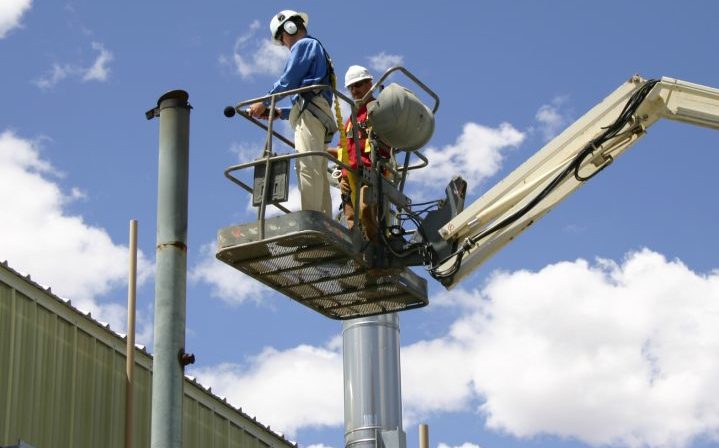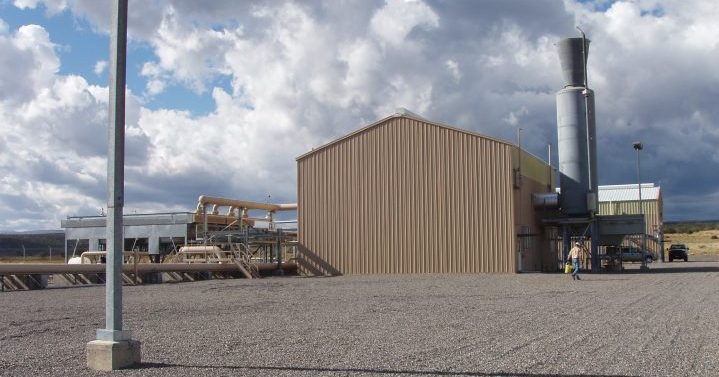Reducing noise in Australian CSG projects
Australian energy producers have been under increased scrutiny over noise levels at their compressor and pump stations, but reducing noise emissions isn’t as simple as putting a shed around loud infrastructure. One company specialising in noise reduction is employing long-term solutions that benefit its clients and the local community.

Queensland has experienced a major increase in coal seam gas wells drilled over the last five years due to high demand from LNG exports. However increased wells has meant more compressor stations, pump stations, and other noise-emitting sources have been installed in previously undisturbed regions, causing noise levels to become a major issue.
Chris Giesbrecht, Manager, Acoustics at Innova, a global company specialising in air and noise emissions control in oil and gas operations, said dealing with noise issues is never as straightforward as just sectioning off the infrastructure.
“Each site has unique features which affect the noise mitigation design, soil quality is one example. Some foundation designs can introduce flanking transmission paths for low-frequency noise from compressor skids,” Mr Giesbrecht said.
“Noise controls also have an effect on equipment performance. For example, air-cooled heat exchanger performance is reduced by downwash from nearby structures which can limit the use of noise barriers on some sites.
“The topography at atmosphere also plays a major role. When a noise sensitive receiver is located above a noise source, they can experience higher noise levels than those on level ground due to source directivity and refraction effects.”
Temperatures causing mystery noise levels
Innova completed a noise attenuation project for the Olathe Compression Station in Colorado in the US, operated by Kinder Morgan’s TransColorado Gas Transmission, where the source of the noise had to be established first because it was difficult to determine why the residents were hearing higher levels.
On paper the station complied with all guidelines, but residents were filing complaints about high levels of noise. Kinder Morgan was given an ultimatum by the government: solve the noise problem or its operation would be shut down.
With a looming deadline, they contracted Innova to solve the problem because of its performance guarantee and cost-competitive price. Following extensive testing, Innova determined that the noise was caused by temperature inversion, where sound which would normally radiate upwards into the atmosphere was being refracted back towards the earth, causing higher noise levels.
 Implementing noise controls
Implementing noise controls
As the problem was temperature inversion, Innova realised it couldn’t just cover up the station but had to implement measures that would address the station’s specific issues.
Mr Giesbrecht said Innova installed a highly customised turbine exhaust silencer and new low-noise fan blades for the aerial coolers.
“Noise propagation from the compressor station was found to be problematic under atmospheric conditions which were a combination of a temperature inversion and a mild katabatic (drainage) air flow.
“In order to achieve adequate noise attenuation at the receiver, noise emissions had to be reduced at the source,” Mr Giesbrecht said.
The individual noise controls each had their technical challenges, but the reason the project was so successful was because of the dialogue and cooperation between Innova and the affected residents.
“A survey plan was created based on the complaint description of sudden increases in noise levels during the nighttime. This helped to define the level of attenuation needed as standard noise propagation modeling would not have worked,” Mr Giesbrecht said.
Noise reduction critical in Australian operations
Given the strong opinions about gas operations in Australian communities, it is essential for companies to do all they can to minimise disruptions for locals, with noise being a key concern. Mr Giesbrecht said noise impact assessments should be a key part of all operations.
“They evaluate the sources of noise emission, the surrounding environment, and the controls necessary to meet regulatory limits and prevent complaints.
“In order to be successful, companies must implement the recommendations, however that means choosing suppliers and installers with knowledge of acoustics and noise control engineering.
“Noise pollution is highly perceptible and a source of annoyance when it’s introduced to an otherwise quiet environment. It’s difficult for neighbouring communities to view gas operations favourably if they are being kept up at night or constantly reminded of their presence.
“It’s important to consider environmental noise impact early in the design process and to respond promptly to noise complaints if they arise.”



